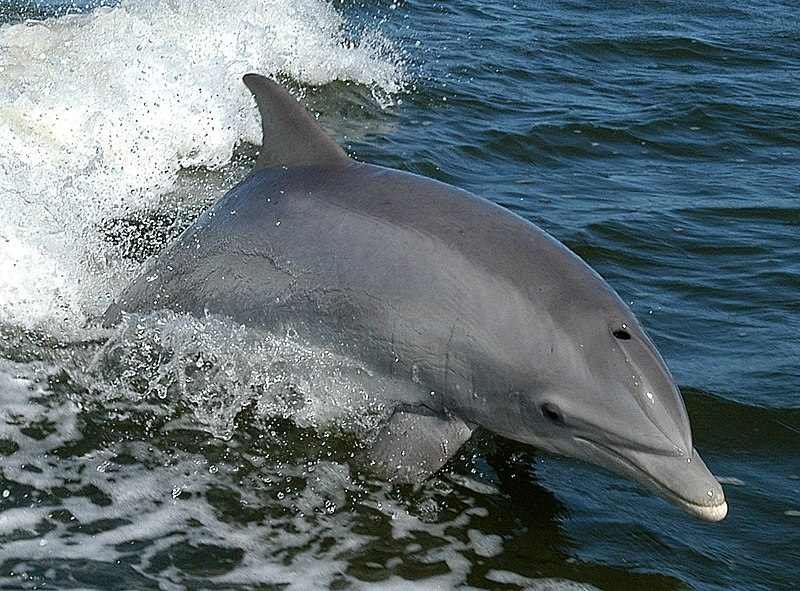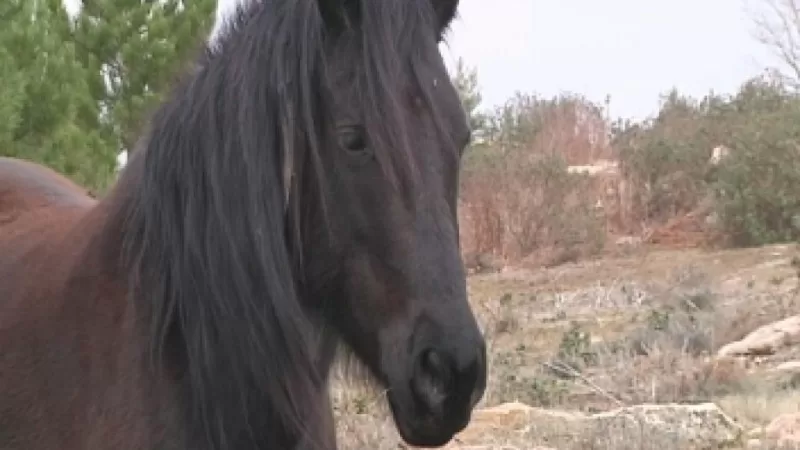The Common Bottlenose Dolphin (Tursiops truncatus) or Atlantic Bottlenose Dolphin is a species of marine mammal that is found in oceans and coastal waters around the world, including in Spanish waters. In Spanish it is known as El delfín mular, tursón or nariz de botella
The bottlenose dolphin is a highly intelligent and social animal that is well-known for its acrobatic displays and friendly interactions with humans. In Spain, bottlenose dolphins are a popular attraction for tourists, and they are often encountered on boat tours and whale watching excursions.
Threats and protection
I’ve been living in this lovely area of Western Andalucia for the last 20 years or so and dedicate most of my time to the running of English language tourist information websites for the towns of Cádiz, Ronda, Grazalema, the famous or infamous Caminito del Rey, and also Wildside Holidays, which promotes sustainable and eco-friendly businesses running wildlife and walking holidays in Spain. My articles contain affiliate links that will help you reserve a hotel, bus, train or activity in the area. You don’t pay more, but by using them you do support this website. Thankyou!



